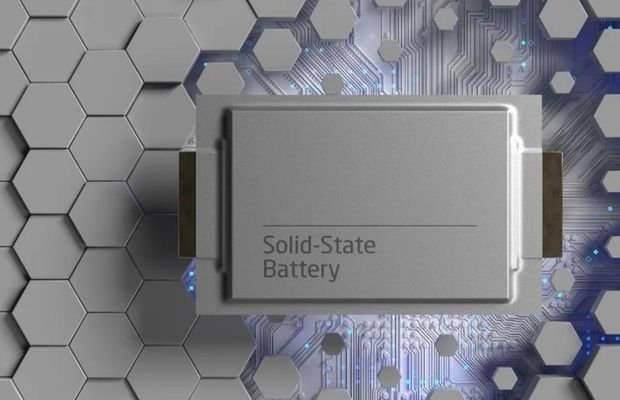The Truth About Solid-State Batteries: Will They Replace Lithium-ion Soon?
For years, solid-state batteries have been hailed as the “holy grail” of energy storage, promising to solve every limitation of today’s lithium-ion technology. Tech enthusiasts and investors have poured billions into companies claiming breakthrough timelines, while automakers have made bold promises about revolutionary EVs with 1,000-mile ranges and 10-minute charging times.
But behind the hype lies a more complex reality. While Toyota plans to introduce solid-state batteries in passenger vehicles by 2027-2028 and Nissan is constructing a pilot factory with plans for 2025 production, significant technical and economic hurdles remain. Here’s the unvarnished truth about whether solid-state batteries will replace lithium-ion technology shortly.
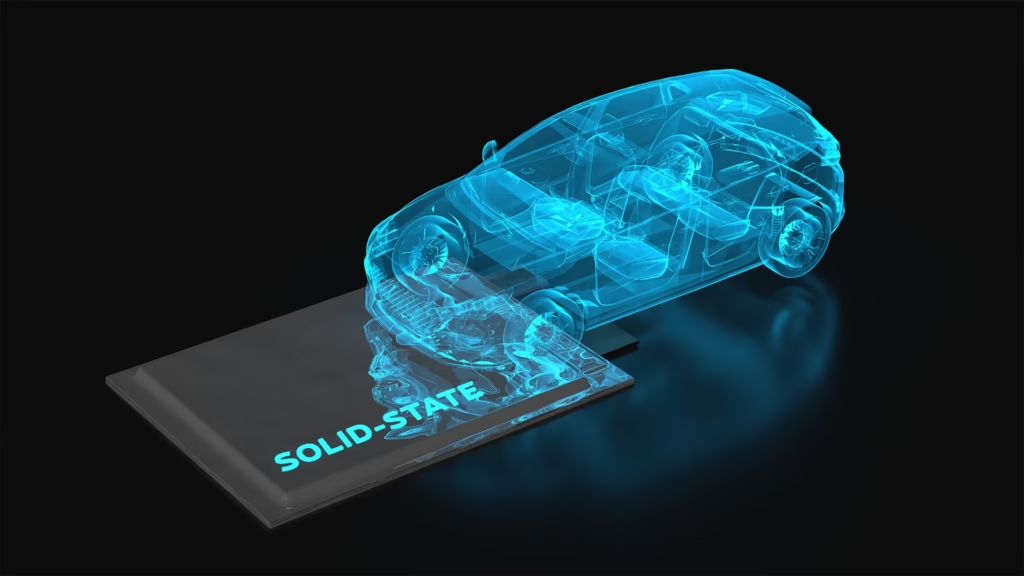
What Makes Solid-State Batteries Different?
Traditional lithium-ion batteries use liquid electrolytes to transport ions between the positive cathode and negative anode. Solid-state batteries replace this liquid with a solid electrolyte—typically ceramic, glass, or polymer-based materials.
This seemingly simple change promises dramatic improvements:
Energy Density Revolution: Solid-state batteries offer 2-3x higher energy density than lithium-ion, potentially enabling EVs with 600-1,000 mile ranges without increasing battery pack size.
Safety Breakthrough: By using non-flammable solid electrolytes, these batteries eliminate the risk of liquid electrolyte leakage and significantly reduce the potential for fires and explosions.
Charging Speed: Without liquid electrolytes that degrade under high current, solid-state batteries could theoretically charge to 80% in under 10 minutes.
Longevity: The solid electrolyte interface should be more stable, potentially delivering 10,000+ charge cycles compared to lithium-ion’s 1,000-3,000 cycles.
Temperature Performance: Their ability to work in extreme temperatures and harsh environments makes them ideal for aerospace and defense applications.
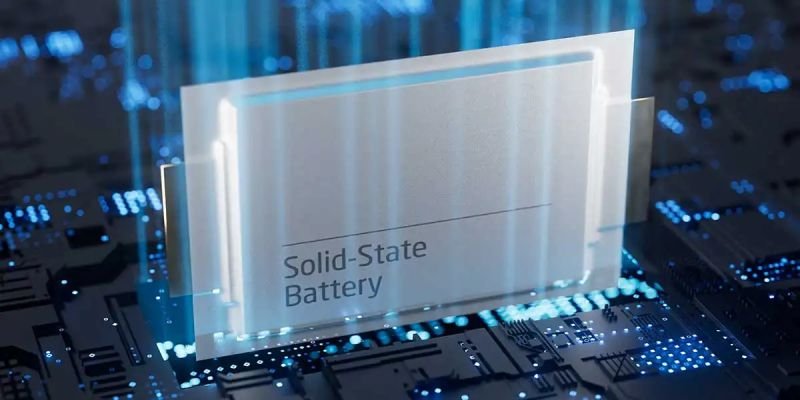
The Current State of Development
Toyota: Leading the Charge
Toyota will begin solid-state battery production in 2026, although the initial ramp-up will be slow with mass production coming after 2030. The company aims to introduce solid-state batteries in their vehicles as soon as 2027, with mass production targeted for the latter half of the decade.
Toyota’s confidence stems from over a decade of research and strategic partnerships. Working with petroleum refiner Idemitsu Kosan, they’ve developed a manufacturing process that addresses some key scalability challenges.
Nissan’s Pilot Production
Nissan is currently constructing a pilot factory in Yokohama, with plans to produce its first batch of solid-state batteries in 2025. However, this represents small-scale production for testing and development rather than commercial deployment.
The Chinese Battery Giants
Global battery leaders, CATL and BYD, are also doubling down on the new technology, with CATL claiming they could achieve commercial production by 2027. Their massive manufacturing scale could potentially accelerate cost reduction once technical hurdles are overcome.
Startup Reality Check
Companies like QuantumScape, Solid Power, and SES have attracted billions in investment with promising prototypes. However, researchers are getting closer to a viable solid-state battery, but the gap between laboratory demonstrations and mass production remains substantial.
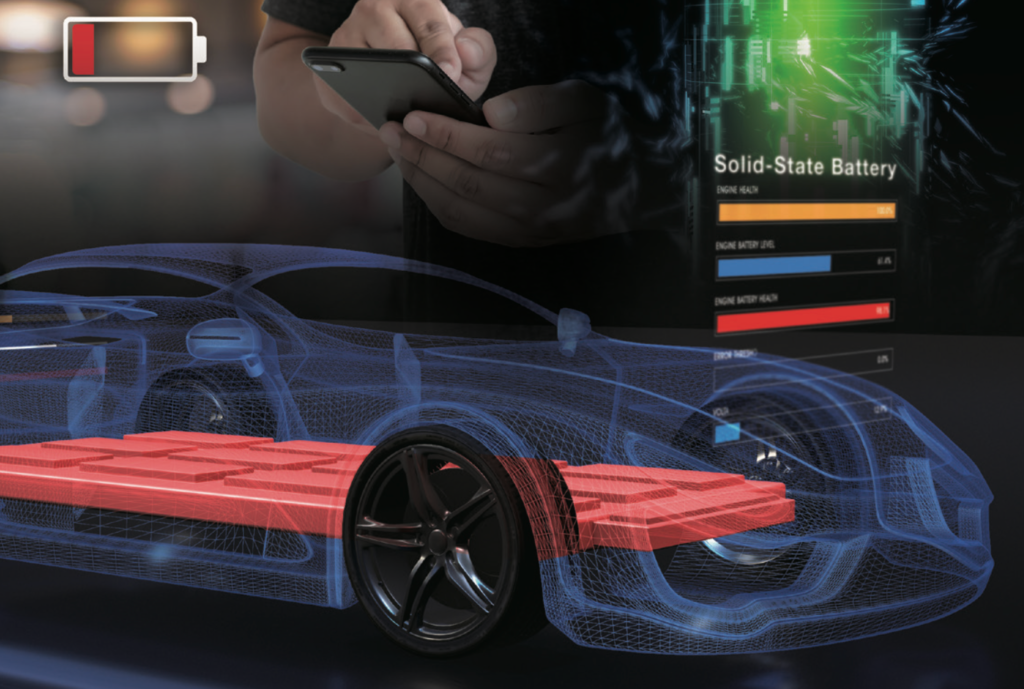
The Harsh Realities: Why Solid-State Isn’t Ready
Manufacturing Complexity
The manufacturing process itself is more complex and requires specialized equipment. Existing battery manufacturing equipment is designed for liquid electrolytes, meaning entirely new production lines must be built from scratch.
Creating uniform solid electrolyte layers without defects requires precision manufacturing at nanometer scales. A single microscopic crack or impurity can render an entire battery cell useless.
Cost Barrier
In the solid state battery vs lithium ion debate, emerging data shows solid-state offers 2-3x higher energy density but costs 8x more to produce. The materials used in solid-state batteries, particularly the solid electrolyte, are currently more expensive than those in lithium-ion batteries.
Even with mass production, experts estimate solid-state batteries will cost 3-5x more than lithium-ion for at least the next decade.
Technical Challenges
Interface Problems: The solid-solid interface between electrodes and electrolyte creates resistance issues that don’t exist in liquid systems. Maintaining good contact during repeated charging cycles remains problematic.
Dendrite Formation: Lithium metal dendrites can still grow in solid-state batteries, potentially causing short circuits and safety issues.
Temperature Sensitivity: While solid-state batteries work in extreme temperatures, their performance varies significantly, and many designs require heating to operate efficiently in cold conditions.
Power Density: Challenges to widespread adoption include energy and power density, durability, material costs, sensitivity, and stability. Current prototypes often can’t deliver high power output for applications like fast acceleration.

What This Means for Different Industries
Electric Vehicles: The Biggest Prize
The EV industry represents the largest potential market for solid-state batteries, but also has the most demanding requirements. The push for solid-state batteries could lead to extra-long battery ranges as soon as 2027, but this will likely be limited to premium vehicles initially.
Reality Check: Early solid-state EVs will probably cost $20,000-$50,000 more than equivalent lithium-ion models, limiting them to luxury segments.
Consumer Electronics: Limited Impact
Smartphones and laptops have less stringent weight and size requirements than EVs. Lithium-ion batteries already provide adequate performance for most applications, reducing the incentive to switch to more expensive solid-state alternatives.
Grid Storage: Wrong Application
Large-scale energy storage prioritizes cost over weight and size. Solid-state batteries’ premium pricing makes them unsuitable for grid applications where cheaper alternatives like iron phosphate batteries dominate.
The Investment Landscape: Hype vs. Reality
Venture Capital Frenzy
Solid-state battery startups have raised over $8 billion in venture funding since 2020, often based on laboratory prototypes that are years from commercial viability.
Red Flags:
- Companies claiming “breakthrough” energy densities without addressing manufacturing scalability
- Startups with no clear path to cost-competitive production
- Unrealistic timelines that consistently slip by 2-3 years
Established Players’ Approach
Traditional battery manufacturers like Panasonic and Samsung are investing more cautiously, focusing on incremental improvements to lithium-ion technology while developing solid-state capabilities for the long term.

Timeline Reality: When Will We Actually See Solid-State Batteries?
2025-2027: Limited Commercial Deployment
- Small-scale production from companies like Nissan by 2025
- Premium EVs with solid-state batteries starting around $100,000+
- Limited availability in select markets
2028-2030: Early Adoption Phase
- Toyota and Idemitsu aim to begin commercial production in 2027 or 2028, with mass production expected in 2030 or later
- Solid-state batteries in luxury EVs with 500+ mile ranges
- Costs still 3-5x higher than lithium-ion
2030-2035: Market Expansion
- Broader availability in mid-range EVs
- Manufacturing scale begins reducing costs
- Competition drives prices down to 2-3x lithium-ion premium
2035+: Potential Mass Market
- Cost parity with advanced lithium-ion batteries possible
- Widespread adoption across EV segments
- Lithium-ion relegated to budget applications
The Lithium-Ion Counterattack
While solid-state developers work on future technology, lithium-ion batteries continue improving rapidly:
LFP (Lithium Iron Phosphate): Cheaper, safer, and increasingly popular for EVs Silicon Nanowire Anodes: Increasing energy density of conventional batteries Advanced Thermal Management: Reducing fire risks and improving performance Manufacturing Scale: Costs continuing to decline with massive production investments
SSBs are lighter, safer, charge faster, and have a longer life span than traditional lithium-ion batteries. So, why isn’t every manufacturer using them? The answer lies in the combination of technical challenges, cost barriers, and the continued improvement of existing technology.
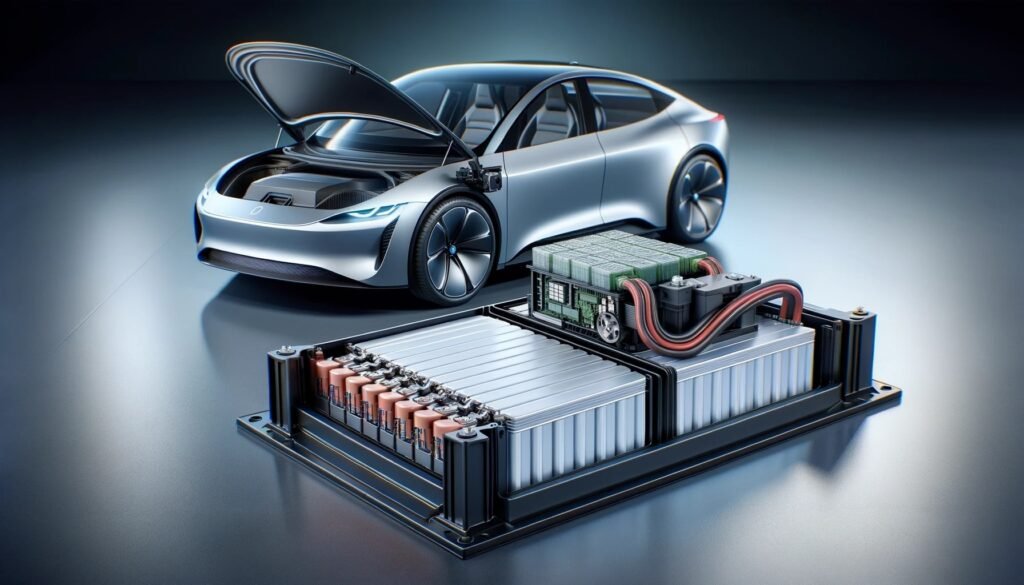
Investment Implications: Navigating the Hype
For Individual Investors
Avoid: Early-stage startups making grandiose claims without clear manufacturing plans Consider: Established companies like Toyota, Panasonic, or Samsung with diversified battery portfolios Watch: Materials companies developing solid electrolytes and specialized manufacturing equipment
For Industry Players
Automakers: Plan for gradual solid-state adoption starting with premium models Battery Manufacturers: Invest in both solid-state R&D and lithium-ion improvements Supply Chain: Focus on materials that serve both technologies
The Verdict: Evolution, Not Revolution
While lithium-ion batteries power everything from smartphones to EVs, solid-state models promise better energy density, faster charging, and improved safety. But are solid-state batteries worth the wait, or will lithium-ion remain the dominant choice in the near future?
The truth about solid-state batteries is more nuanced than either champions or skeptics claim. They will eventually replace lithium-ion technology, but the transition will be gradual, expensive, and primarily driven by specific applications where their advantages justify the premium cost.
For the next 5-7 years: Lithium-ion batteries will continue dominating due to cost advantages and ongoing improvements.
For the next 10-15 years: Solid-state batteries will establish footholds in premium EVs and specialized applications.
Beyond 2035: Solid-state technology may achieve broad market adoption if manufacturing costs decline sufficiently.
Rather than a sudden replacement, expect a long coexistence period where both technologies serve different market segments. The companies that succeed will be those that master both technologies and deploy them strategically based on application requirements rather than chasing technological hype.
The solid-state revolution is coming—but it’s more marathon than sprint.

Frequently Asked Questions
What is the main difference between solid-state and lithium-ion batteries?
The key difference is the electrolyte: lithium-ion batteries use liquid electrolytes, while solid-state batteries use solid electrolytes (ceramic, glass, or polymer). This change enables higher energy density, improved safety, and faster charging, but significantly increases manufacturing complexity and costs.
When will solid-state batteries be available in cars?
Toyota plans to introduce solid-state batteries in passenger vehicles by 2027-2028, with Nissan targeting 2025 for pilot production. However, these will initially be limited to premium vehicles costing $20,000-$50,000 more than equivalent lithium-ion models. Mass market adoption likely won’t occur until 2030-2035.
Are solid-state batteries safer than lithium-ion?
Yes, solid-state batteries are significantly safer. They use non-flammable solid electrolytes that eliminate the risk of liquid electrolyte leakage and greatly reduce fire and explosion risks. However, some safety challenges like lithium dendrite formation still exist.
How much longer do solid-state batteries last?
Solid-state batteries potentially offer 10,000+ charge cycles compared to lithium-ion’s 1,000-3,000 cycles. The solid electrolyte interface is more stable, reducing degradation during charging and discharging cycles.
Why are solid-state batteries so expensive?
Current production costs are 8x higher than lithium-ion batteries due to expensive materials, complex manufacturing processes requiring precision at nanometer scales, and the need for entirely new production equipment. Even with mass production, experts estimate they’ll cost 3-5x more than lithium-ion for at least the next decade.
Can solid-state batteries charge faster than lithium-ion?
Theoretically yes—solid-state batteries could charge to 80% in under 10 minutes without the degradation issues that limit lithium-ion fast charging. However, current prototypes often struggle with power density and may require heating systems to operate efficiently.
Which companies are closest to commercializing solid-state batteries?
Toyota leads with plans for 2027-2028 commercial production, followed by Nissan with pilot production starting in 2025. Chinese battery giants CATL and BYD claim potential commercialization by 2027. Many startups like QuantumScape have prototypes but face significant scaling challenges.
Will solid-state batteries work in smartphones and laptops?
While technically possible, consumer electronics are unlikely to be early adopters. Lithium-ion batteries already provide adequate performance for most applications, and the premium cost of solid-state technology isn’t justified for devices where weight and size are less critical than in EVs.
What is the biggest challenge facing solid-state battery development?
Manufacturing scalability is the primary challenge. Creating uniform solid electrolyte layers without defects requires precision manufacturing that’s difficult to scale. Additionally, the solid-solid interface between electrodes and electrolyte creates resistance issues that don’t exist in liquid systems.
Should I wait for solid-state batteries before buying an EV?
For most buyers, no. Solid-state EVs will initially cost significantly more and have limited availability. Current lithium-ion EVs offer excellent performance and will continue improving. Unless you specifically need ultra-long range and can afford premium pricing, today’s EVs are practical choices.

